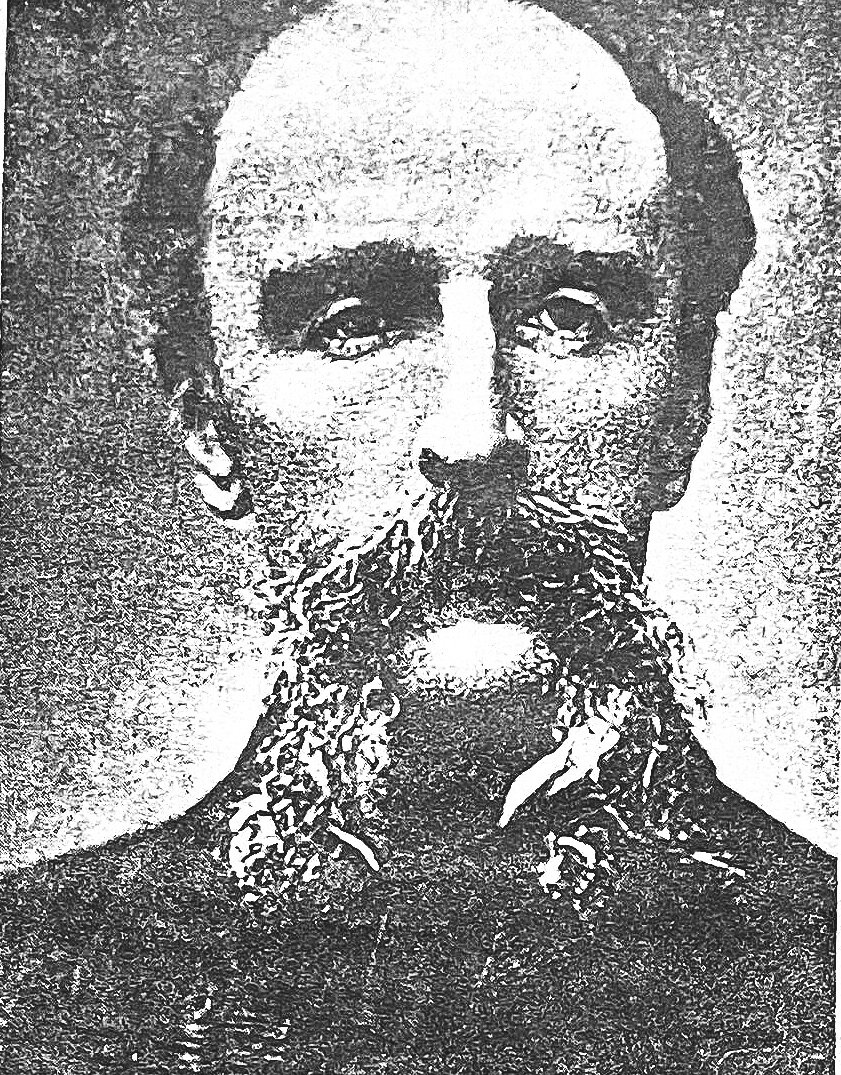Colonel Anthony William Durnford, RE (1830-1879)
/Colonel Anthony William Durnford, RE is commemorated by a stained glass window in the South Nave Aisle. Durnford was killed at the battle of IsandhIwana (Zulu War), January 22, 1879.
Clayton & Bell, unveiled 1883 (Palmer 1897, 80). Three scenes from the life of Judas Maccabeus arranged in a vertical row of 3 roundels, each encircled with a Latin text from the Book of Maccabees.
Anthony William Durnford was born in 1830, the son of a Royal Engineer officer. He was educated in Germany and at the Military Academy, Woolwidh and was commissioned into the Royal Engineers himself.
Anthony Durnford (right) photographed as a young officer at Chatham, taken with a brother officer.
In 1851 he was posted to Ceylon where he was appointed Ass-1stant Commissioner of Roads and Civil Engineer for Ceylon. He married there. Various postings caused him to miss service in the Crimean War and the Indian Mutiny.
He was a heavy gambler, and after the death of a son and a daughter, his marriage broke up. To avoid a scandal, for in Victorian England divorce was virtually impossible, and even the guiltless party (as Durnford was) could not hold a commission if divorced, he accepted overseas postings while his family brought up his surviving daughter. During a posting in Ireland he nearly lost his life in a railway accident.
In 1871, still a captain who had not seen active service, he arrived in Gapetown. A year later as a major he accompanied Shep-stone on his coronation mission to Zululand.
Durnford became very friendly with Bishop Colenso, the controversial bishop of Natal, and it is said that he fell in love with his daughter Fanny, although of course, he was unable to narry her.
He was chosen to lead an expedition against Langalibalele, a chief in revolt against the government, which, in spite of Durn-ford's leadership and example, , reulted in a complete fiasco. During the fight at Bushman's River Pass he received wounds which resulted in the permanent paralysis of his left arm. He was blamed for the failure at Bushman's River Pass and was shunned by Natal society, although he was completely exonerated by the army and commended for his action. Later in 1877 he served on the Natal Boundary Commission as a lieutenant colonel. Because of his friendship the Colenso family (who were extremely sympathetic to the native population) and his own friendly attitude to the natives he was distrusted by the colonists.
In 1878 the situation between the Zulus and Natal became acute and an invasion of Zululand by an army under Lord Chelmsford took place in January 1879. At this time Durnford was in command of the 1st. Natal Native Contingent, which was considered to be of a very high standard, although the rest of the NNC was despised as a fighting unit.
At the disaster of Isandhlwana, Durnford who had arrived before the Zulu attack, found himself the senior officer present. He took his native contingent away to a flank and in the subsequent battle he died fighting with his men to the last when his position was overwhelmed by vastly superior forces.
In the subsequent enquiry into the disaster it was felt that Durnford was much to blame for failing to concentrate the forces within the camp area, although so many mistakes were made by others it is difficult to see how he could have been responsible entire-ly. His conduct was vigorously defended by the Colensos and Fanny spent the rest of her life trying to vindicate him.
The Battle of Isandhlwana
IsandhIwana is a rocky prominence in Natal, South Africa near the River Tugela. Here on 22 January 1879, a small British force, consisting of men of the 24th Foot, and other arms, was left to guard the encampment of the army under Lord Chelmsford which had marched out against Zulus,going in the wrong direction and unaw-aware that a very large force of the enemy was in the vicinity of the camp.
The camp was attacked by a force of 10,000 Zulus, who formed part of Cetewayo's army. Due to the fact that the defenders were too spread out, the supply of ammunition to the troops was mis-handled, and the overwhelming superiority of the Zulus, the force, fighting to the last was virtually annihilated.
The Battle of Isandhlwana, 22nd January 1879, in which Colonel Anthony William Durnford was killed.
The 24th Regt. alone lost twenty one officers and five hundred and seventy eight other ranks.
It was one of the worst disasters suffered by the Victorian Army.
From the notebooks ‘The Naval and Military Memorials of Rochester Cathedral’ (1979)
by Roy Trett, OBE, TD,
Rochester Cathedral Chapter Library
A biography is available on Wikipedia
Seventy-two brilliant stained glass windows were installed by prominent glaziers Clayton & Bell during the 1870s and 1880s.
Rochester Cathedral features an exceptionally large collection of Colonial-era military memorials and artefacts. This series has begun to highlight the stories behind these collections and their place in our global heritage.









